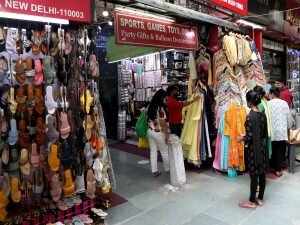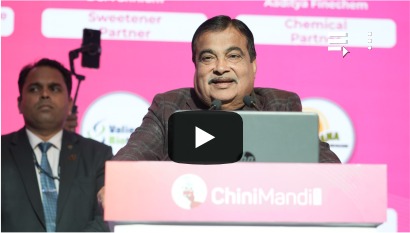New Delhi: India’s consumption demand is poised for a strong rebound in the coming quarter, driven by the twin engines of rural recovery and tax-led urban momentum, according to a research report by Bank of Baroda.
The report highlights that deferred demand from the previous quarter, coupled with the effects of GST rationalisation and a favourable monsoon, will translate into a sharper pickup in sales across sectors in Q3 FY26.
“Going forward, we expect revival in demand conditions to have full effect. This will be supported by rural demand on the back of better sowing and good monsoon. Urban demand will also get support from the tax-related reforms,” the report said. It noted that companies remain optimistic about the near-term outlook, expecting the postponed buying decisions from Q2 to materialise into sales in Q3.
Quoting data of the Federation of Automobile Dealers Associations (FADA), the report noted that total auto retail sales rose by 5.2 per cent in September 2025, rebounding from an 8.6 per cent decline in September 2024. Passenger vehicle (PV) sales grew 5.8 per cent (from -16.7 per cent) and two-wheeler sales 6.5 per cent (from -8.2 per cent), marking a clear turnaround.
However, the report attributes part of this growth to a low base and the positive impact of GST rationalisation implemented on September 22, coinciding with the onset of the festive period.
During Navratri, auto, PV, and two-wheeler sales registered over 30 per cent year-on-year growth, with more than 60 per cent of total September sales recorded in that period. The share of PV and two-wheeler sales during Navratri stood at 73 per cent and 65 per cent, respectively, reflecting how consumers advanced purchases to benefit from reduced GST rates.
The production side also mirrors this optimism. The Index of Industrial Production (IIP) data for September 2025 showed a notable rise in consumer durables output, led by strong gains in white goods. Television and refrigerator production posted double-digit growth of 11.4 per cent and 15.8 per cent, respectively, despite a high base effect. Air conditioners and washing machines also registered sequential improvements, indicating robust discretionary spending.
The report added that the moving out segment, comprising jewellery, travel goods, grooming products, and footwear, also showed momentum. Despite record gold prices, Jewellery production surged 33.7 per cent.
Corporate earnings further underline this recovery trend. Early results from 43 listed companies across sectors such as auto, FMCG, retail, and hospitality revealed buoyant sales and profitability. Net sales and profit before depreciation and tax (PBDT) improved markedly in auto, hotels, restaurants, and retailing segments.
However, consumer durables firms reported temporary softness in Q2 due to postponed buying amid GST-related pricing adjustments. “Thus, Q3 numbers are expected to show the full impact,” the report noted, adding that IMD’s prediction of a strong winter bodes well for segments like apparel and appliances.
Summing up, the report said the combined effect of structural tax reforms, rural resilience, and festive season tailwinds positions India for a broad-based consumption rebound in the coming quarter, reinforcing confidence in the country’s growth momentum.
(With inputs from ANI)

















